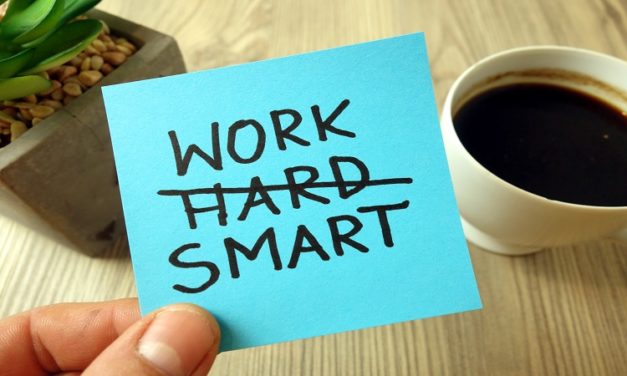‘In order to get more done, you need to invest more time’ is the mindset of many. For example, working ten hour days will make you more accomplished than a colleague that only works seven, or studying three hours a day will get you better grades than the guy who skims through a few chapters before the test. More work = more results.
However, working smart beats working hard. In some cases working more can actually damage the amount you get accomplished. Doing more work, in less time at work can be a huge lifesaver.
What causes you to be unproductive?
There could be several reasons why you find yourself unproductive. One could be techological distractions. Having your cellphone or tablets nearby which tempt you to reply to personal messages or watch an episode of your favourite show can slow down progress at work. Another one could be burnout. Feeling disengaged with work and constantly feeling anxious are just some of the many signs of burnout. Recognising the signs of burnout is the first step on your path to wellness.
How do you get more work done in less time?
Recruit Ireland spoke with Neil O’Brien, chartered psychologist and managing director of People Performance Ltd, about strategies that could change your work mindset forever.
Here are his top strategies for getting more work done in less time….
Make sure you are going in the right direction
Before taking on any task, ensure that you have clear communication with the person you are working with. Due to diversity in mindsets and personality types, we may think slightly differently from those with whom we work. That can mean that we perceive and interpret information differently. You can see this in action when you finish a meeting and believe that the outcomes and actions are clear. However, you then find out that your colleague has gone in a different direction. A simple fix for this is to ensure that all meetings end with stated actions and outcomes and, where possible, a short written follow-up to summarise the actions. This should help avoid the meetings about meetings phenomenon!
Don’t reinvent the wheel
As we go through our careers, we accumulate a wealth of experience and knowledge. With cloud-based storage, it is easy now to store endless amounts of material meaning that you never need to lose anything. Before setting out to draw up a new proposal, a new project plan, or a new process, think for a moment if you have ever completed something similar in the past and use this as the foundation for the next project.
Use simple tools
For each person, this can be different but keeping yourself accountable to a plan or list is much more likely to stimulate action. For some this can be a detailed project plan, using MS Project or similar. For others, this can be as simple as having a whiteboard on their desk that they update every morning with tasks to be completed. The presentation of the information will kick start the cognitive processes that will lead to action. It is worth noting that people with written goals and written action plans improve goal achievement by 43%. Adding status reports (measurement) boosts the likelihood of achievement to 76%!
Get an outside perspective
Sometimes, when we are in the thick of a task, we can become consumed with the details and the elements. An excellent way to know if you are heading in the right direction is to use a trusted colleague as a sounding board. Give them an overview of what you are thinking and be open to challenge your approach.
Prioritise effectively
For most people, you will have multiple tasks on the go at once. The result of this is that we can often find ourselves starting one task, getting distracted, starting another task, getting distracted, and so on. The result is that we can get to the end of the day or week and feel we have completed nothing. Using a framework such as The Prioritisation Matrix can really help with this. To use this, write a list of all tasks at hand. Then draw a box with four quadrants. Assign each task into one of the quadrants with the following categories and action accordingly:
- Important and Urgent
- Important and Not Urgent
- Not Important and Urgent
- Not Important and Not Urgent
Learn more productivity hacks
Reading blogs like the ones here at Recruit Ireland is a good first step! Perhaps you would also like to read our story on 4 Podcasts To Keep You In The Know and How to Ask Your Employer for More Responsibility! But perhaps you can reserve the latter one when you have mastered the art of being productive.
You may also search our Jobs Search Page for current vacancies if you feel like you want to explore other opportunities.










